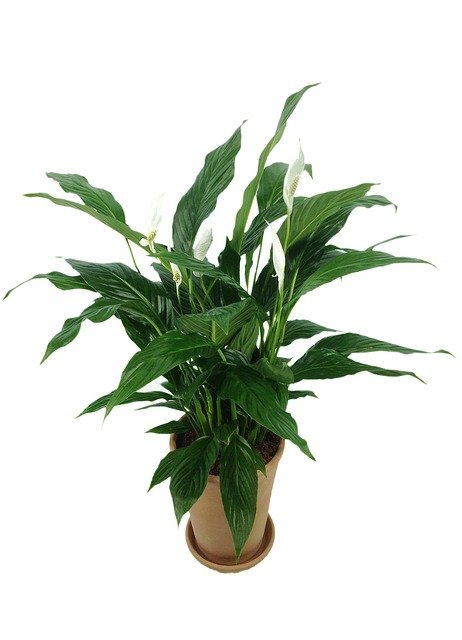
DJI Mavic 3 drone review: Cinematic power at a price – Engadget
Image Credit: Samuel Dejours/Engadget
The larger sensor also delivers better low light performance, more detail, improved dynamic range and a more cinematic look in general. At the same time, the variable f/2.8 to f/11 aperture makes the camera more flexible in different lighting conditions. If you shoot in really bright sunlight a lot, however, I’d recommend getting the neutral density filter kit.
Shooting at ISO 1600 and 3200, we got clean footage with some noise in shadows and dark areas. However, the noise is well controlled and organic, so it’s not bothersome and can be tamped down with some mild noise reduction. Noise levels start to get excessive at ISO 6400, but that setting is still usable for night scenes if you don’t need a lot of shadow detail.
DJI boosted the H.264 data rate significantly from 100 Mbps to 200 Mbps, and introduced H.265 capture at up to 140 Mbps. That’s an important update, as aerial footage captured by drones can have detail that confounds long-GOP (MP4) compression. As a result, quality is improved under most circumstances, and noticeably so for detailed shots.
That begs the question of whether you even need the ProRes option and 1TB SSD, considering the high price difference. I’d say that it’s a valuable feature for broadcast shooters, as it pushes the drone into professional territory. For others like YouTubers or industrial users, the H.264 quality is easily good enough.
Taken with the Mavic 3 main camera.
Samuel Dejours/Engadget
The Mavic 3 uses Hasselblad’s color profile that’s supposed to deliver accurate hues. In general, it performed well across the color spectrum, whether we were shooting in cities, coastlines or countryside. Skin tones are warm, and while you might not think that’s terribly important for a drone, the Mavic 3 could see a lot of use in weddings, documentaries and even movies. It’s so smooth that it can replace a crane or dolly for certain shots.
To max out dynamic range and editing flexibility, you can shoot 10-bit D-Log footage. Shooting directly into the sun and other tricky situations, I found that it allowed me to retain dynamic range and bring out extra detail in highlights and shadows.
One of the key new features of the Mavic 3 is the 162mm equivalent telephoto camera with a half-inch sensor. I’ve seen some confusion about zooming on the Mavic 3, so here’s how it works.
Shot with 7X telephoto (MP4).
Samuel Dejours/Engadget
The main camera with no digital zoom is equivalent to a 24mm full-frame lens, …….
Source: https://www.engadget.com/dji-mavic-3-drone-review-cinematic-power-at-a-price-150029600.html




